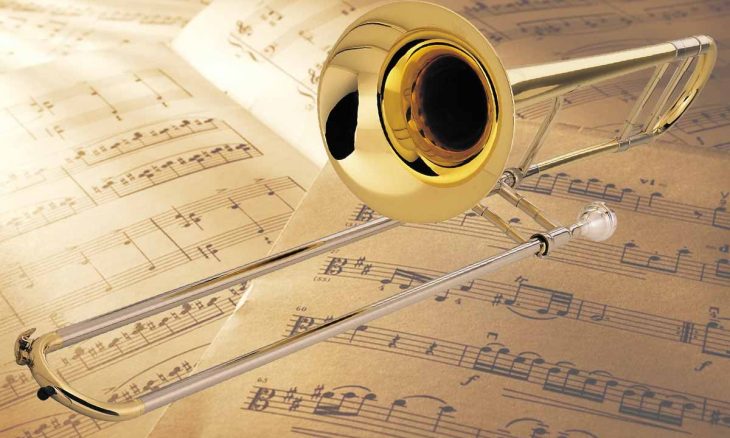
In the realm of music, the trombone holds a special place. Known for its distinct, resonant sound and unique slide mechanism, it has established itself as an integral part of symphony orchestras, marching bands, and jazz ensembles. Despite its widespread use, the trombone often remains an instrument shrouded in mystery, with numerous fun facts waiting to be discovered. This article reveals ten fascinating facts about the trombone that will intrigue music enthusiasts and curious readers alike.
The Trombone’s Name Comes From Italian Origins
The word “trombone” hails from Italy and means “large trumpet”. While visually it might resemble an enlarged trumpet, the trombone is unique in its sound production. Its characteristic feature is a telescopic slide that the player moves to change pitches, unlike the valves on a trumpet.
The Trombone Dates Back to the 15th Century
The trombone is one of the oldest instruments in the modern symphony orchestra, with its origins traced back to the mid-15th century. Originally known as the “sackbut”, it evolved from the Medieval slide trumpet, an instrument that had a slide mechanism akin to what the trombone has now.
They Come in Different Sizes
Just as voices vary in range, so too do trombones. The soprano, alto, tenor, and bass trombones are the most commonly used. The tenor trombone, notably, is the standard instrument of the trombone family.
They Are Versatile
One of the most appealing aspects of the trombone is its versatility. This instrument can flawlessly fit into a variety of musical genres, including classical, jazz, pop, and even ska. Its wide pitch range and expressive capabilities make it a favorite among composers and musicians alike.
Trombone Players Need a Good Lung Capacity
To play the trombone, one needs a considerable amount of breath. The larger the instrument, the more air it requires. A trombone player, especially one who plays lower and longer parts, needs good lung capacity and trained breath control.

The Trombone’s Slide Has Seven Positions
The trombone’s slide isn’t random; it has seven distinct positions, each of which changes the pitch. Mastering the precise locations of these positions and the ability to move quickly and smoothly between them is a critical aspect of playing the trombone.
It Has Been a Staple in Classical Music
The trombone has enjoyed a prominent role in classical music for centuries. It was a favorite instrument of famous composers like Mozart, Beethoven, and Wagner. Wagner, in particular, had a penchant for the trombone and often used it to create dramatic and intense musical moments in his operas.
The Trombone Can ‘Speak’
In jazz and pop music, trombone players often use a technique called the glissando, or a ‘trombone smear’, where the slide is rapidly moved, creating a compelling effect as if the instrument is speaking or singing.
It Is Often Used in Marching Bands
The trombone is a mainstay in marching bands, contributing both to the band’s rich harmony and visual appeal. Trombonists often perform synchronized movements or “visuals” with their slides, adding a unique element to marching band performances.
Trombones Have a Rich Cultural Significance
In different cultures worldwide, the trombone has taken on various symbolic meanings. In the Christian tradition, for example, the trombone is often associated with divine communication and is used to symbolize the voice of God.
Conclusion
The world of the trombone is filled with history, diversity, and a distinct musical character. From its deep-rooted origins to its universal presence across various musical genres, the trombone remains an intriguing instrument with a rich narrative waiting to be explored. Whether you’re a seasoned trombonist, an aspiring player, or a curious reader, there’s always something new to discover about this wonderful instrument. Let the resonant voice of the trombone play on, captivating hearts and minds with its timeless melody.
Was this page helpful?
Our commitment to delivering trustworthy and engaging content is at the heart of what we do. Each fact on our site is contributed by real users like you, bringing a wealth of diverse insights and information. To ensure the highest standards of accuracy and reliability, our dedicated editors meticulously review each submission. This process guarantees that the facts we share are not only fascinating but also credible. Trust in our commitment to quality and authenticity as you explore and learn with us.
